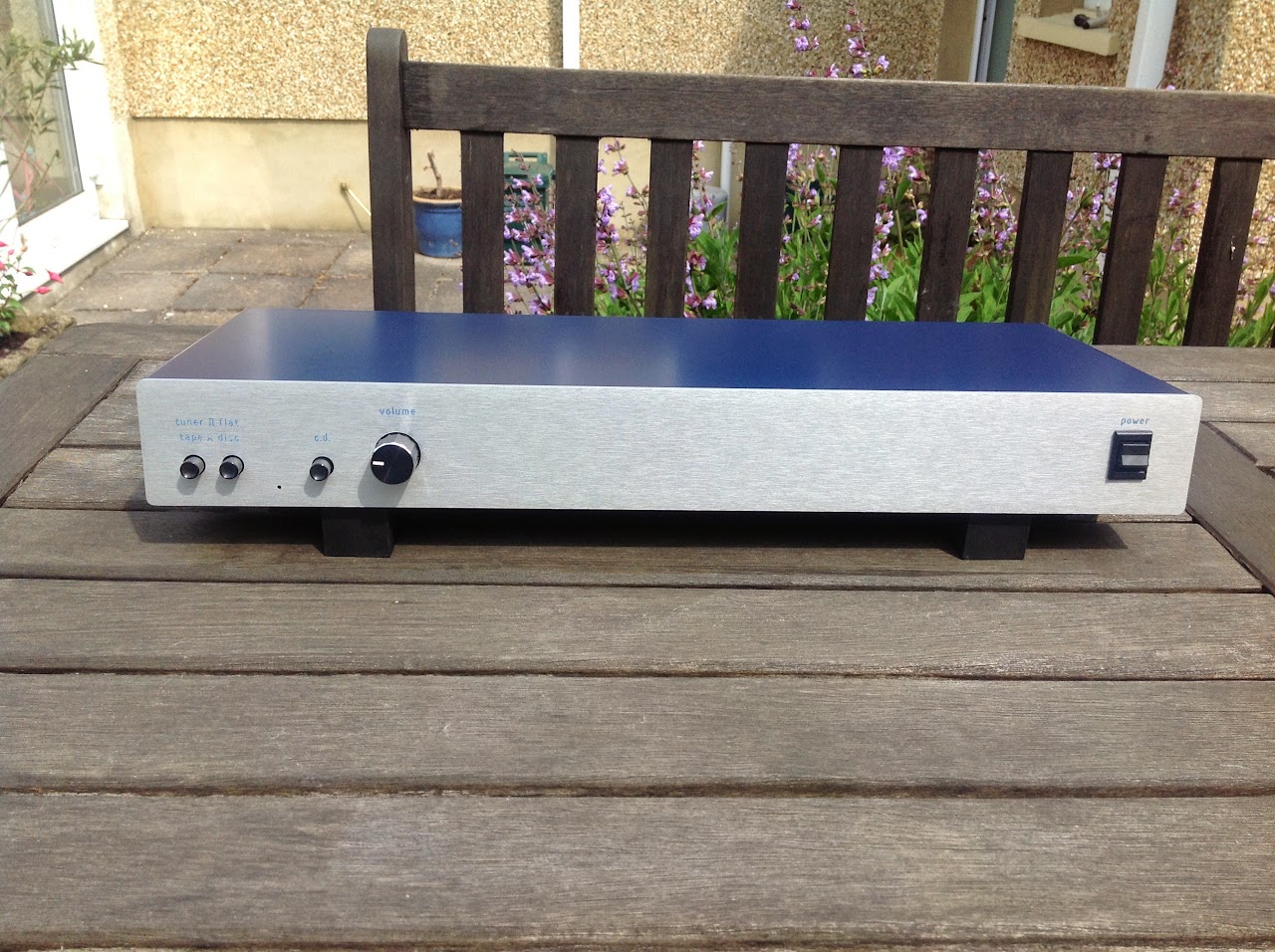Barrymagrec
pfm Member
Something like this? http://uk.farnell.com/multicomp/mpx05gfnb/transistor-pad/dp/519972
I think alot of it was built with RS Parts. It made the fact they could do it so nicely & still sell it at the price all the more surprising. Either that or they got their sums wrong.
Something like this? http://uk.farnell.com/multicomp/mpx05gfnb/transistor-pad/dp/519972
Those are the ones, I have quite a few spares from my bag of 100 and am happy to help if anyone needs a few.
Those standoffs date back to when people thought soldering with 60/40 was likely to damage the semiconductor.
It looks like Myst got the power supply and layout right, though the Hitachi is a forgiving circuit.
RS stamped TL071s in the preamp, hmm
I once met Mike Maloney and his lady, Mary during a visit to the then Audio Centre in Sheffield - nice folks.
The amps employed the fabled "Hitachi" mosfet circuit used by many a manufacturer including MF and Perreau to name a couple: http://www.angelfire.com/sd/paulkemble/sound7g.html
From my days of working on the G-Ohm and the TMA3, I remember them with some affection as being quite exquisitely constructed for the day.
Michael Maloney and his Wife were just about the only personnel at Myst. I was one of a handful of dealers stocking and selling the TMA3, a very nice little amp.
We used and sold lots of ProAc at the time, also Epos ES14. Michael enjoyed various ProAc with his amp and I believe used them at home. Though I';m a bit vague on this.
I never saw a G-Ohm, as this appeared towards the end of the company and never really had any exposure.
It certainly sounds good through my ES14s
All the information I have found on the Internet points to the G-Ohm pre-dating the TMA3. The G-Ohm is in both the 1982 and 1983 brochures in which there is no mention of the TMA3 which had its first review in December 1984.
The capacitors in the G-Ohm power supply pictured in the original post date to early 1982.

